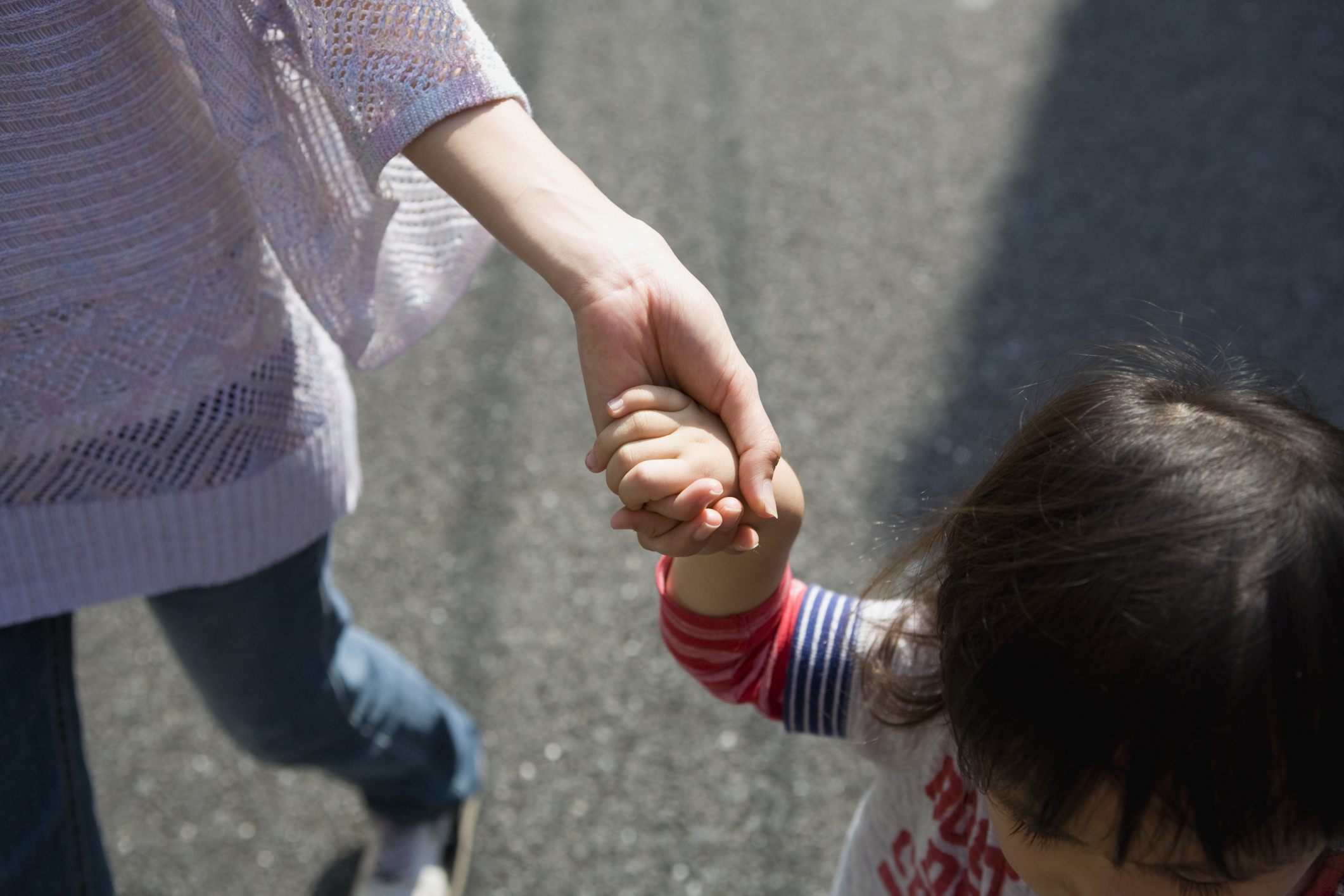
Frequent meltdowns and tantrums beyond the toddler years are common concerns for parents. It makes sense. We hear about the “terrible twos,” and lately it seems as though “three is the new two;” but parents are generally led to believe that once kids enter preschool, the meltdowns simply fade into the distance. Sadly, many parents find that this misguided information just isn’t true.
Children of all ages experience big emotional shifts throughout any given day. They learn and grow at an alarming pace, and they confront new and challenging information almost hourly. Kids can and do become overwhelmed with emotion on any given day. What might seem meaningless to you might feel really big to your little one. Instead of issuing blanket statements about calming down - or, worse, handing out consequences in moments of stress - it’s best to help calm your kids when they are overloaded, and teach them how to regulate their emotions when they’re calm.
Emotional regulation plays a critical role in the emotional wellbeing of children. When kids learn how to process and cope with their feelings, they are more likely to utilize adaptive coping strategies when the going gets tough instead of experience meltdowns in the face of frustration.
To teach emotional regulation is to show kids how to express their thoughts and feelings and find a strategy to soothe those emotions without acting on impulse. This is no easy task when you consider the fact that many children are impulsive by design. Kids use loud voices and flailing arms when they’re upset because they want to feel heard; and those things tend to work. Kids don’t enter this world knowing how to regulate their emotions; they tend to rely on attention-grabbing gestures. We can, however, teach them how to regulate their emotions and seek help before they completely fall apart.
In The Happy Kid Handbook: How to Raise Joyful Children in a Stressful World, I provide several strategies to help parents help their kids learn to regulate their emotions. Try some of these to get you started:
Teach feelings identification:
I can’t tell you how many kids I encounter who have a very limited feelings vocabulary. They know the big ones like happy, sad and mad, but they lack awareness of the range of emotions that they experience each day. When kids begin to make the connections between thoughts, feelings and facial expressions, they can begin to process their own feelings and understand the feelings of others.
Try this:
Homemade feelings charts: Feelings faces charts are great because you can visit them often throughout the day and talk about all of the emotions family members experience – positive and negative. Have your child draw faces to match a variety of feelings. Talk about how we look when we feel sad, frustrated, lonely or excited. Be sure to include a variety of emotions and hang the chart in the most visited room of your house. Visit the chart a few times a day (as a family) and talk about what contributed to those feelings.
Family check-in board: Kids tend to list events without describing the feelings that occurred during those events when we ask them about their day. A family check-in board is a great way to help all family members work through their emotions!
On a large poster board, create several “pockets” with construction paper. Paste on feelings face on each pocket. Design a popsicle stick for each family member. It might include a favorite color or a picture of the family member. Ask each person to “check in” at the beginning and end of each day by placing their popsicle stick in the appropriate pocket.
Teach kids to zoom out:
A big obstacle to emotional regulation is that kids tend to zoom in on small details that trigger big emotions. They have trouble accessing coping strategies because they are overwhelmed with the details. It’s important to teach kids to zoom out.
Draw a large circle on a piece of paper. Draw a smaller circle inside it. Ask you child to describe the upsetting event and write that in the circle. Next cue your child to take three deep breaths, zoom out to the large circle, and consider other factors that might have caused the problem.
When kids can see the larger view, they can brainstorm ways to avoid repeating that scenario in the future.
Brainstorm together:
When kids are feeling calm, they tend to have some great ideas about ways to help others calm down. Help your child create a coping toolbox by brainstorming calming activities together. For example, some kids like to draw their feelings (scribbling a bunch of angry red lines across a page can be very therapeutic) while others seek comfort in story time or some physical activity.
All kids are different and all kids have different needs when they are upset. Empowering your child to figure out what works for him is a great first step toward living a happy life.



























